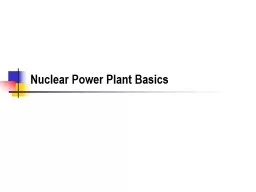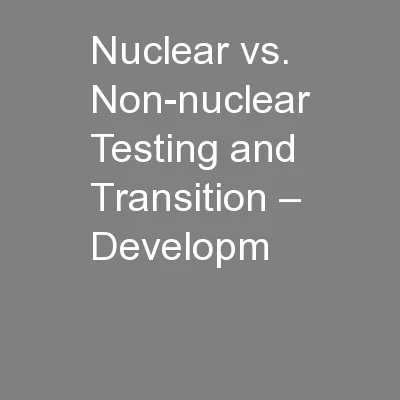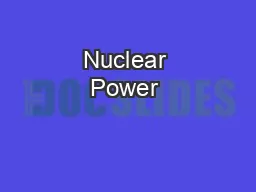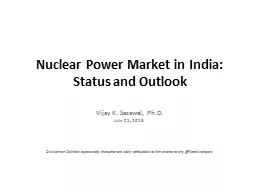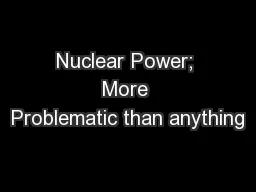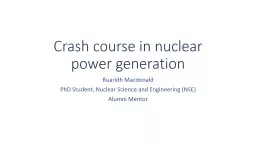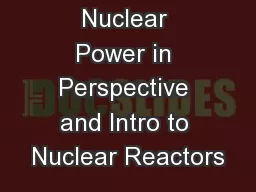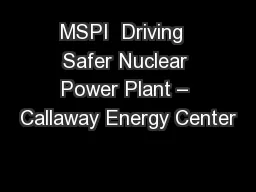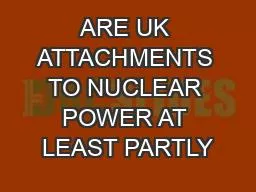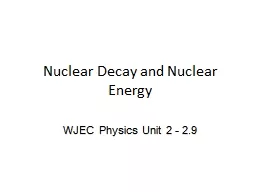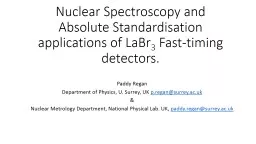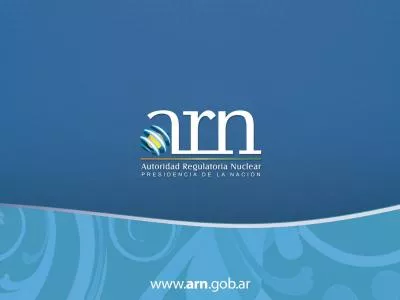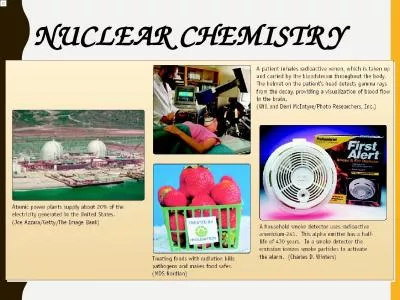PPT-Nuclear Power Plant Basics
Author : debby-jeon | Published Date : 2017-07-06
2 What was the Promise of Nuclear Power Economic Cost Power too cheap to meter Nuclear fusion cheap power and no waste Environmental costs of alternatives Coal
Presentation Embed Code
Download Presentation
Download Presentation The PPT/PDF document "Nuclear Power Plant Basics" is the property of its rightful owner. Permission is granted to download and print the materials on this website for personal, non-commercial use only, and to display it on your personal computer provided you do not modify the materials and that you retain all copyright notices contained in the materials. By downloading content from our website, you accept the terms of this agreement.
Nuclear Power Plant Basics: Transcript
Download Rules Of Document
"Nuclear Power Plant Basics"The content belongs to its owner. You may download and print it for personal use, without modification, and keep all copyright notices. By downloading, you agree to these terms.
Related Documents

